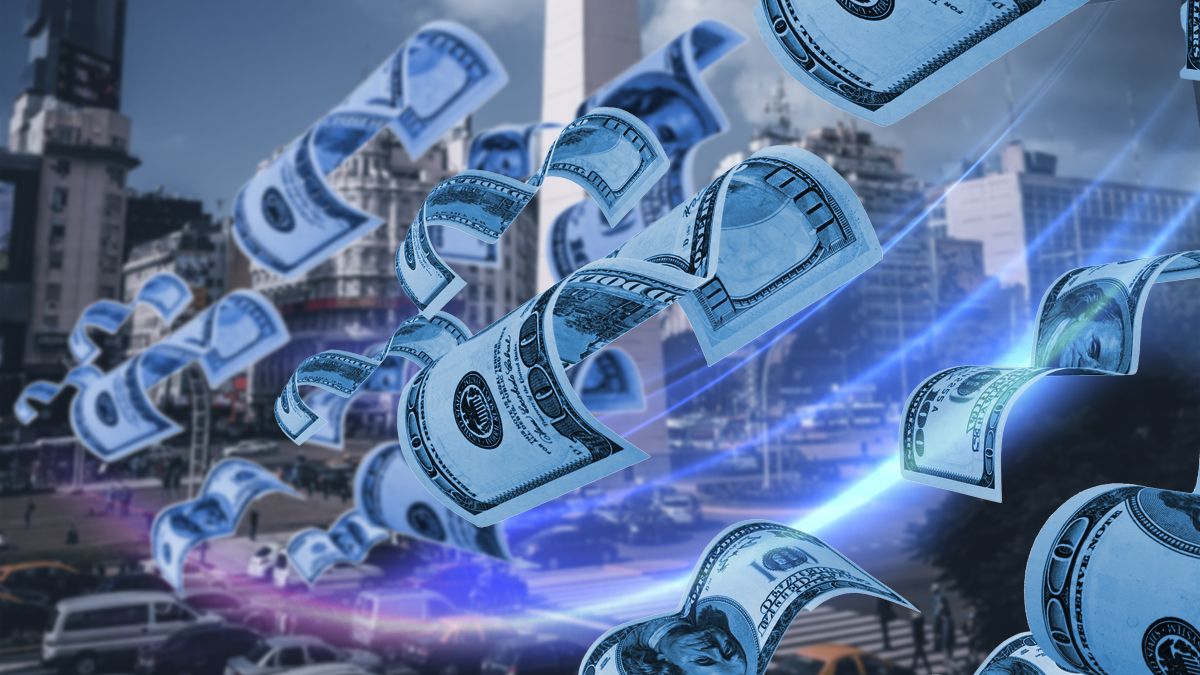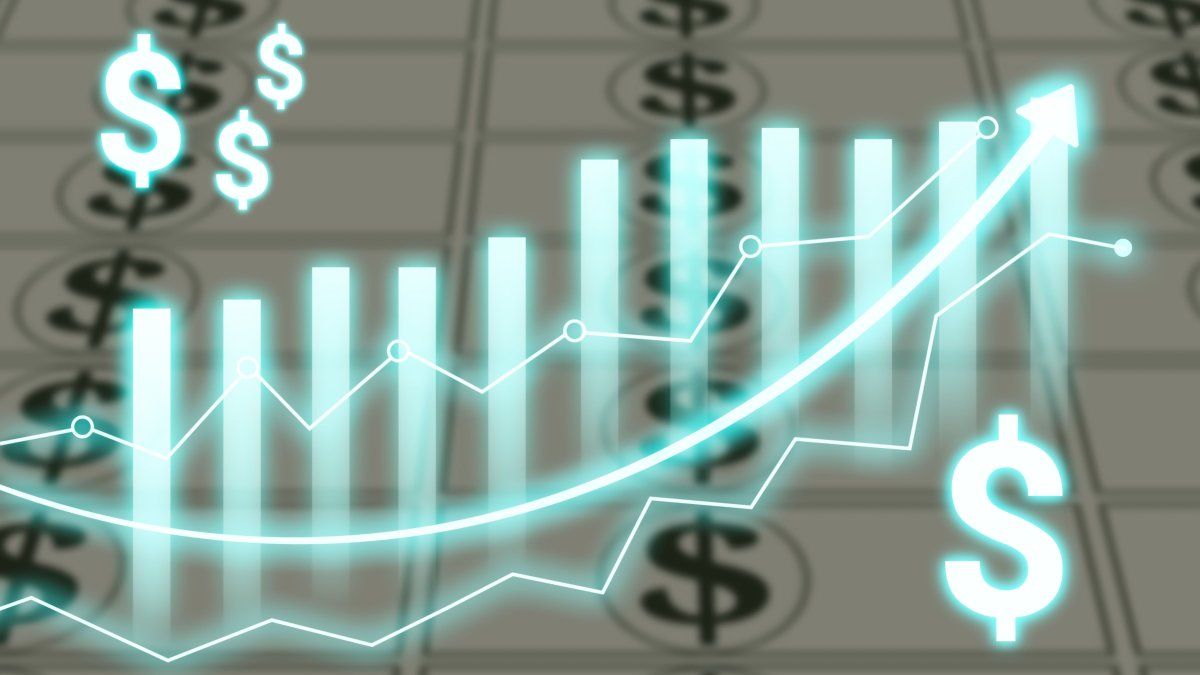The blue dollar fell again this Wednesday June 7th and already registered the biggest bearish streak in three months, according to a survey of Ambit in the caves of the City.
In this way, the gap with the official dollar it fell below 99% and stood at 98.8%, the lowest in a month and a half.
How much did the blue dollar close today, Wednesday June 7
He Parallel dollar fell for the third round in a row, dropping $1 to $484 for sale, its lowest value in more than three weeks.
This kind of change It did not register three consecutive decreases since the beginning of March. Consequently, the informal dollar accumulated a drop of $6 in the first three days of the weeklargely due to the needs of companies for pesos at the beginning of the month, something that could begin to change in the next rounds, they say in the market, especially taking into account that the time for the definitions of the face candidacies is approaching at PASO in August.
How much does the blue dollar rise in the year
so far 2023the blue dollar accumulates a raise of $138, after closing 2022 at $346.
It should be noted that in In January, the informal dollar advanced $35 (+10.1%), while in February it accumulated a fall of $6 (-1.6%). In turn, in March it registered an increase of $20 (+5.3%). In April, it rose $74 (+18.73%) and during May it climbed $21 (+4.5%).
In 2022, it advanced $138 (+66.4%) after closing 2021 at $208.
How much did the dollar close today, Wednesday June 7
He qatar dollar -which includes 30% of the COUNTRY tax, 45% deductible from Income Tax and Personal Property Taxand a new perception of 25% on account of Personal Assets- ended at $510.72. In this way, he surpassed $510 and reached the maximum gap with the blue in almost 2 months.
This exchange rate applies to consumption abroad with debit and credit cards over US$300 per month per person.
For his part, he savings dollar or solidarity dollar -which includes 30% of the COUNTRY tax and the 35% deductible of Income Tax and Personal Assets- rose $1.09, to $421.34.
Meanwhile, the dollar wholesalerwhich is directly regulated by the BCRA, ended at $243.50 per unit for sale.
How much did the tourist dollar close at, Wednesday, June 7
He tourist dollar or card -Retailer plus 30% of the COUNTRY Tax, and a perception of 45% deductible from the Income Tax and of Personal property for consumption with cards abroad of up to US$300 per month- increased $1.16, to $446.88.
How much did the crypto dollar close today, Wednesday June 7
He Crypto dollar or Bitcoin dollar down 0.2% and operates at $490.05based on the average among local exchanges reported by Coinmonitor.
How much did the MEP dollar close at, Wednesday, June 7
He MEP dollar -operated with the GD30 bond in the Price-Time Priority or PPT segment- is sold at $478.54. Thus, the gap with the official exchange rate is located at 96.5%.
How much does the CCL dollar operate at, Wednesday June 7
He dollar “Cash with Liquidation” (CCL) -operated with the GD30 bond in the Price-Time Priority or PPT segment- goes up to $496.01. Indeed, the spread with the officer reaches the 103.7%.
What is the blue dollar?
The value of Dolar blue it has a substantial difference with the official dollar, which is purchased in banks and has an established price. Its sale is in the informal market, without regulations or limits, and for this reason it is generally operated at a higher value than the official dollar.
Why is it called a blue dollar?
It is not clear the origin of Dolar blue as a name for the ticket operation in the informal market. But there are theories.
An explanation of its name indicates that it is called that way because in English, “blue”, in addition to naming the color blue, refers to something “dark”.
Another theory relates it to purchase operations through bonds or shares of companies known as “blue chips.” They also link it to the approximate color that appears when a fiber is applied to detect counterfeit bills.
Source: Ambito
I am a 24-year-old writer and journalist who has been working in the news industry for the past two years. I write primarily about market news, so if you’re looking for insights into what’s going on in the stock market or economic indicators, you’ve come to the right place. I also dabble in writing articles on lifestyle trends and pop culture news.




